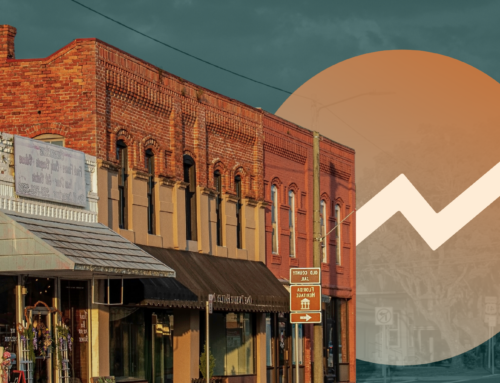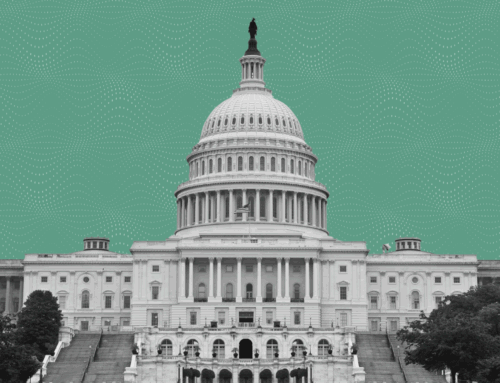Most Dynamic State Today Scores Like One of the Least Dynamic States from Two Decades Ago
Washington, D.C. – Today, the Economic Innovation Group (EIG) released the Index of State Dynamism (ISD), a new way to measure and analyze the long-term decline in economic dynamism across the United States. At a time when there is growing concern that the United States economy is becoming fundamentally less dynamic, EIG’s analysis reveals a widespread departure from the entrepreneurial, mobile, and opportunistic traits that defined the most prosperous decades of the U.S. economy.
“In a less dynamic America, fewer people in fewer communities can start the businesses and find the jobs that will enable them to achieve the American dream,” said Steve Glickman, cofounder and executive director of EIG. “Big incumbent companies have enjoyed the status quo for too long. We must turn our attention to the needs of true job creators – new businesses – by providing access to capital, reducing anti-competitive regulations, and enabling a concentration of talented young people. These are the building blocks to begin revitalizing our left-behind communities.”
“These findings challenge the notion that Americans today are living in an era of unprecedented economic change and disruption,” said John Lettieri, cofounder and senior director for policy and strategy of EIG. “Policymakers should be urgently focused on removing barriers to dynamism and promoting solutions that help America’s workers and entrepreneurs maximize their innovative potential.”
Economic dynamism refers to the rate and scale of change in the economy brought about by the constant opening and closing of businesses, movement of workers to new areas, and regular turnover of jobs. The ISD provides a new way to measure economic dynamism using a set of interrelated economic metrics going back more than two decades, allowing users to explore the dataset and change over time for each state. The seven metrics of dynamism analyzed in depth in the report are: the startup and firm closure rates, the change in total number of firms, employment in new companies, employment in older incumbents, labor force participation rates, job turnover rates, and domestic migration rates.
Key findings from the study include:
- The decline of dynamism has been steep, rapid, and pervasive across all states going back to the early 1990s. Every state saw dynamism fade over the period analyzed – and most states saw a sizable drop. The Great Recession accelerated the decline, causing an average state to lose one-third of its dynamism. Fourteen states reached their all-time lows on the index in 2014, five years into an economic recovery.
- Nevada ranks number one as the most dynamic state in the country and West Virginia the least dynamic. Overall, the ISD maps clear regional differences in state-level dynamism. It reveals an unambiguous East-West divide, with the highest concentration of dynamic states found in the West and the least dynamic found east of the Mississippi River, particularly in the Great Lakes region.
- More dynamic states tend to have higher foreign-born shares of the population and smaller manufacturing sectors. These economies tend to be newer and more prosperous ones – states with younger populations, newer housing stocks, and much higher proportions of foreign-born residents. The least dynamic state economies tend to be the most manufacturing-dependent and have the least developed information services sectors.
- States with top-tier dynamism scores show unmistakable signs of resilience in response to economic trauma, posting much stronger jobs recoveries than their peers following the Great Recession. In fact, the top-performing quintile of states on the index prior to the recession was the only cohort to beat national average employment growth during the recovery. The jobs recovery in the bottom tier of states was only half as strong.
Supporting Resources
You can view the full report and additional assets at eig.org/index-state-dynamism. EIG welcomes press, bloggers, policymakers, think tanks, and other interested parties to use and reference our research with attribution, such as “Source: Economic Innovation Group, Index of State Dynamism, 2017.”
About the Economic Innovation Group (EIG)
The Economic Innovation Group (EIG) is a research and advocacy organization whose mission is to advance solutions that empower entrepreneurs and investors to forge a more dynamic American economy. Headquartered in Washington, D.C. and led by an experienced, bipartisan team, EIG convenes leading experts from the public and private sectors, develops original policy research, and works to advance creative legislative proposals that will bring new jobs, investment, and economic growth to communities across the nation. For more information, visit eig.org.
Media contact:
Amanda Byrd





